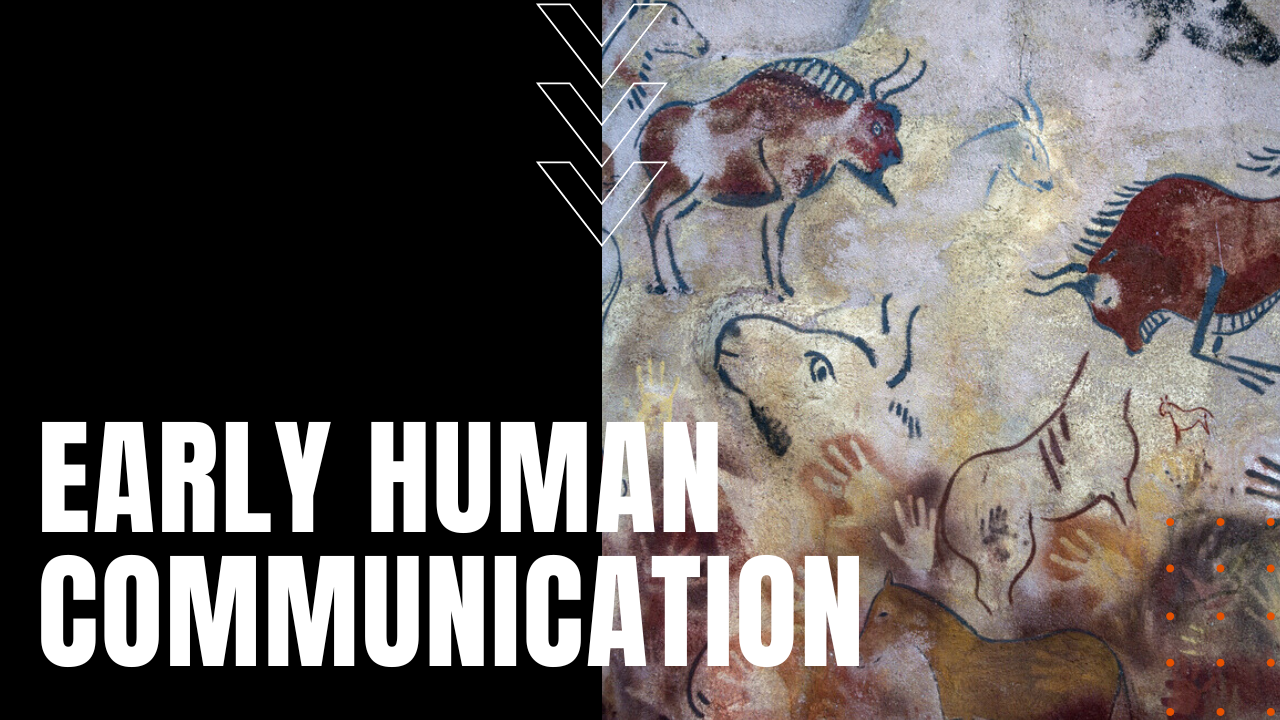Communication Techniques of Early Man

Long stumped by the meaning of dots and other markings on cave paintings left behind by Ice Age humans, archeologists were recently handed a major breakthrough by, as academics have called him, “a person off the streets,” when British furniture restorationist, Ben Bacon, amassed a sizable database of cave paintings in search of repeating patterns.
Migrations due to Climate Change
By way of backstory, between 24,000 to 21,000 years ago, early Homo sapiens migrated from the warmth of Africa into northern Europe and Eurasia, adapting to frigid climates due primarily to the increased size of their brains, not only surviving in frigid conditions, but thriving despite the extremes of their environment. With the advent of language came early man’s ability to relay important information through music, art and dance, allowing generations of early man to pass along information about seasons and weather patterns, the migrations and mating seasons of animals and the edibility and preparation of certain plants.
Researchers Uncover Bold New Findings
Armed with his database, Bacon sought out experts in the field of early man, including Durham University professor of archeology Paul Pettitt, who was “glad he took it seriously” when Bacon contacted him out of the blue. Along with a second Durham University professor and another from the University College London, Bacon and his team published their findings in the Cambridge Archeological Journal, revealing that Ice Age hunter-gathers used calendars and marking to record information about ecological events within a given calendar period, including marks and dots that represented lunar months and the mating season of certain animals.
The Letter Y?
Another frequently-occurring symbol was the letter “Y” in the English language, which the researchers deduced as a symbol of giving birth, as one line grew out from another. According to Professor Pettitt, “The results show that Ice Age hunter-gatherers were the first to use a systemic calendar and marks to record information about major ecological events within that calendar.
Much Like Humans of Today
In turn, we’re able to show that these people, who left a legacy of spectacular art in the caves of Lascaux [France] and Altamira [Spain], also left a record of early timekeeping that would eventually become commonplace among our species.” In an interview with Ben Bacon, he said that our ancestors were “a lot more like us than we had previously thought. These people, separated from us by many millennia, are suddenly a lot closer,” making the work of a mere “person off the street,” an ah ha moment in our understanding of early man.
